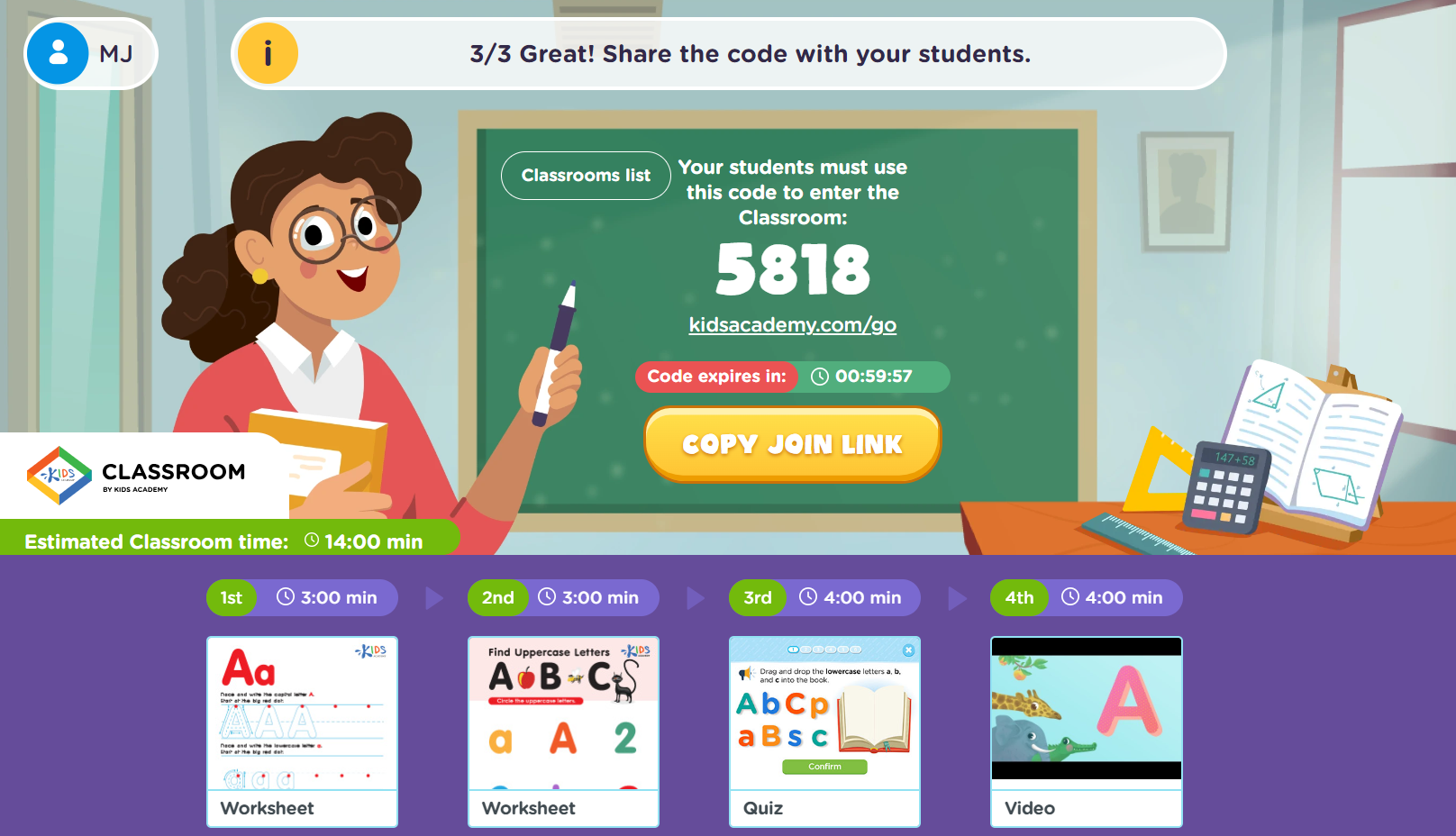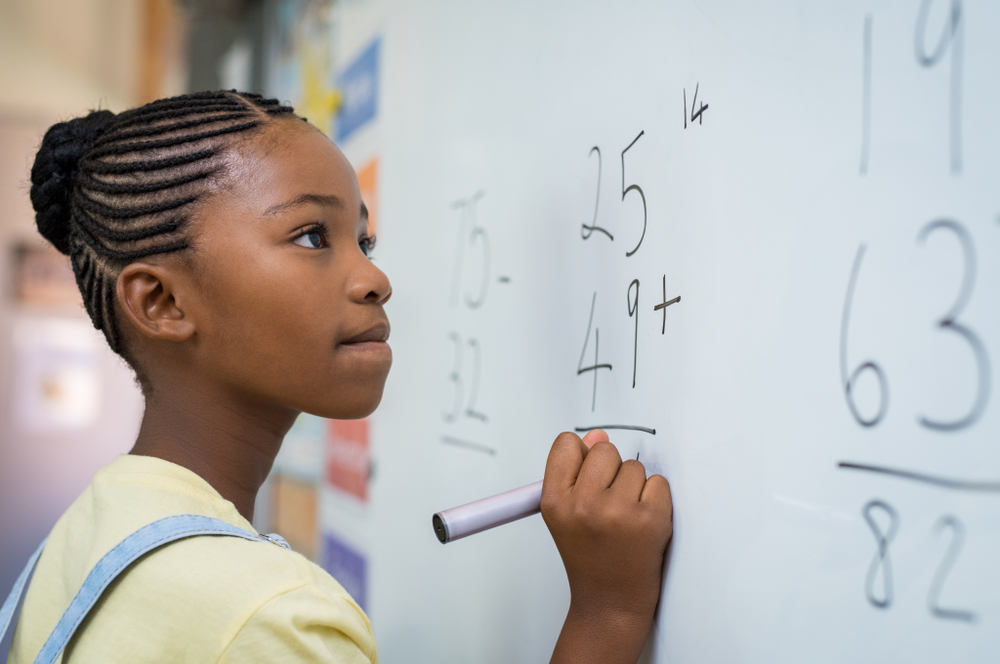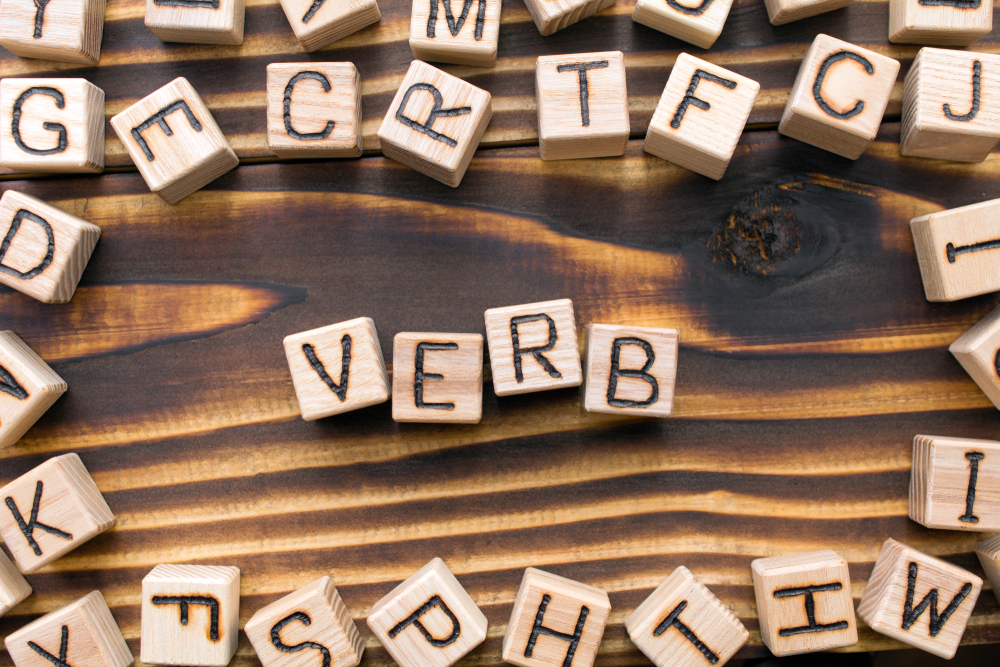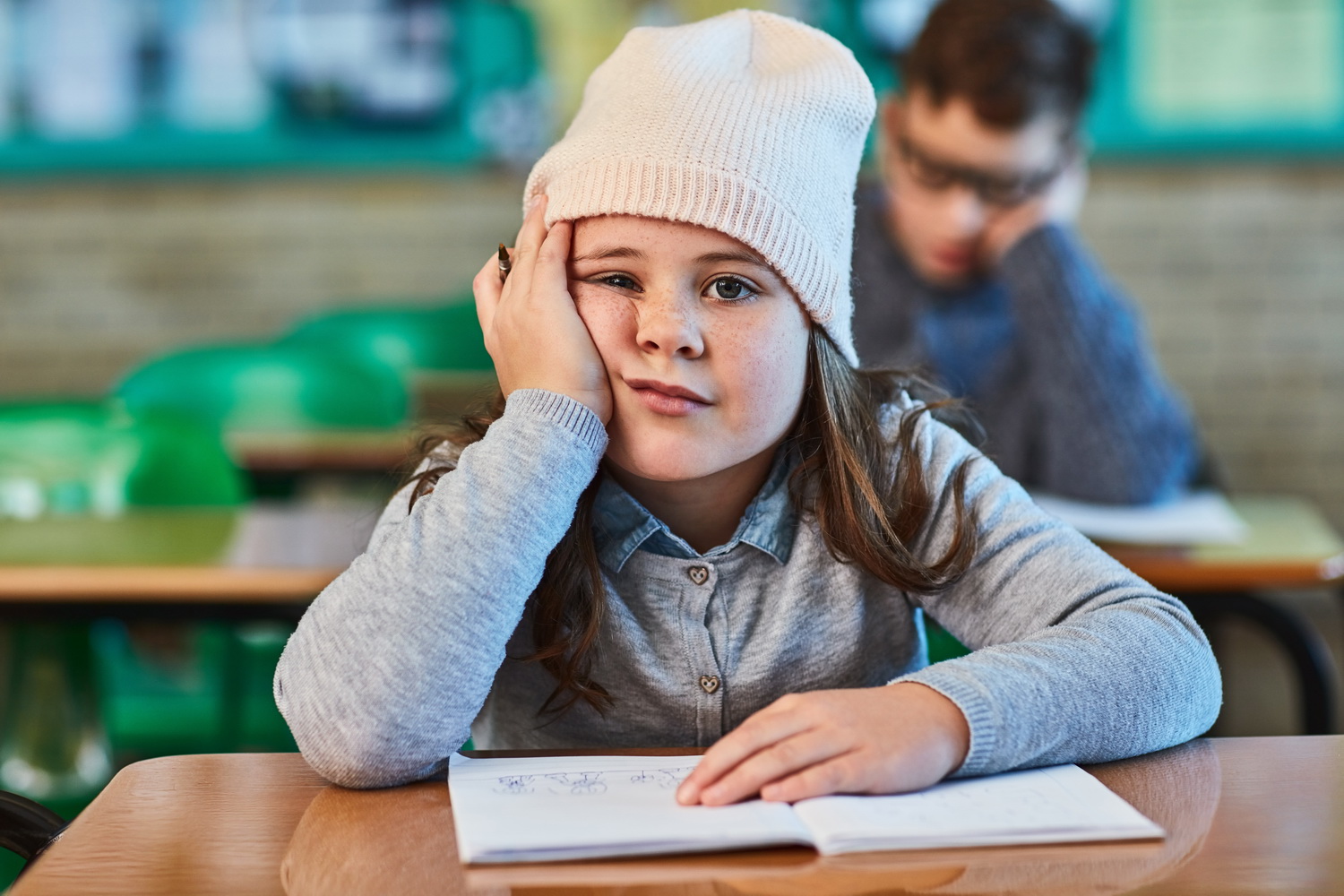Normal Tracing Words Worksheets Activities With Answers for 8-Year-Olds
12 filtered results
-
From - To
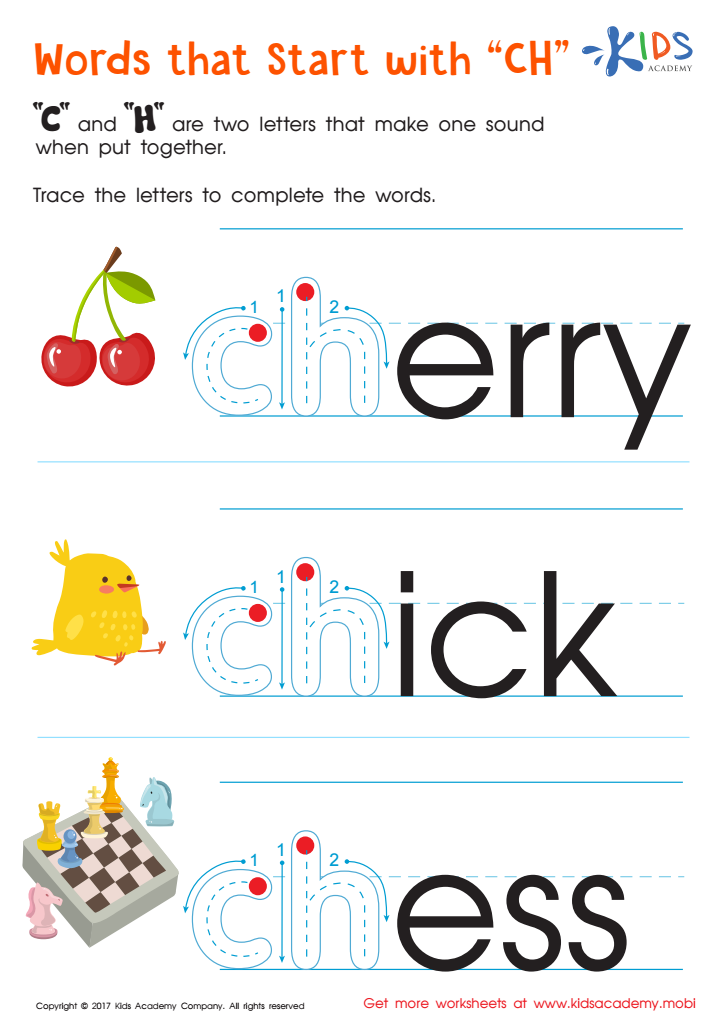

Words That Start with "ch" Spelling Worksheet
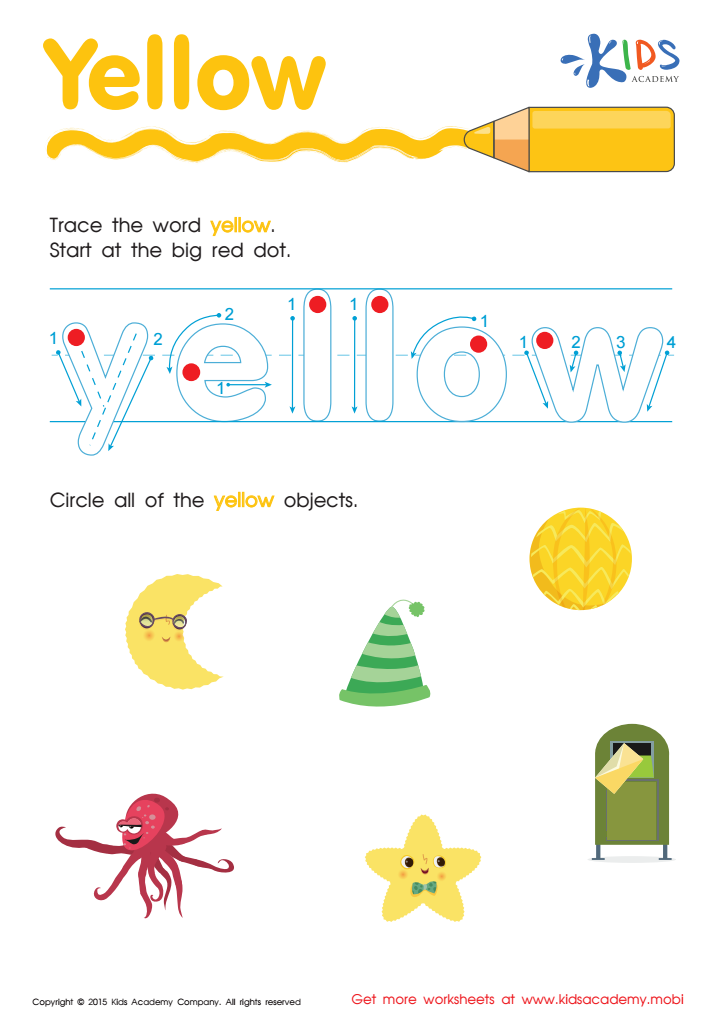

Yellow Tracing Color Words Worksheet
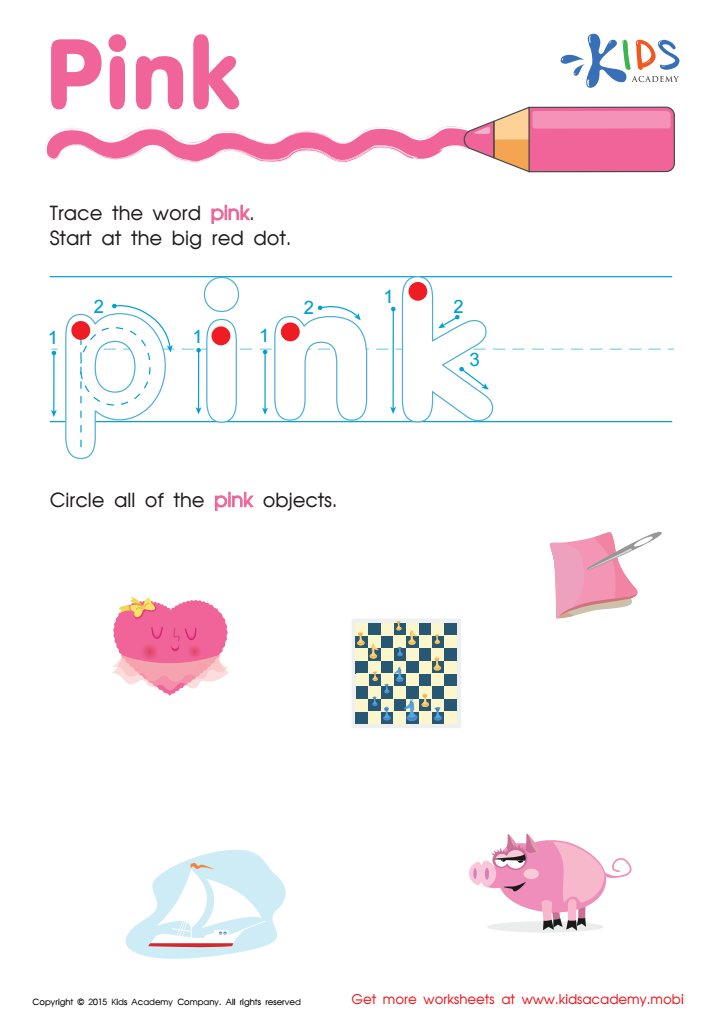

Pink Tracing Color Words Worksheet


Red Tracing Color Words Printable
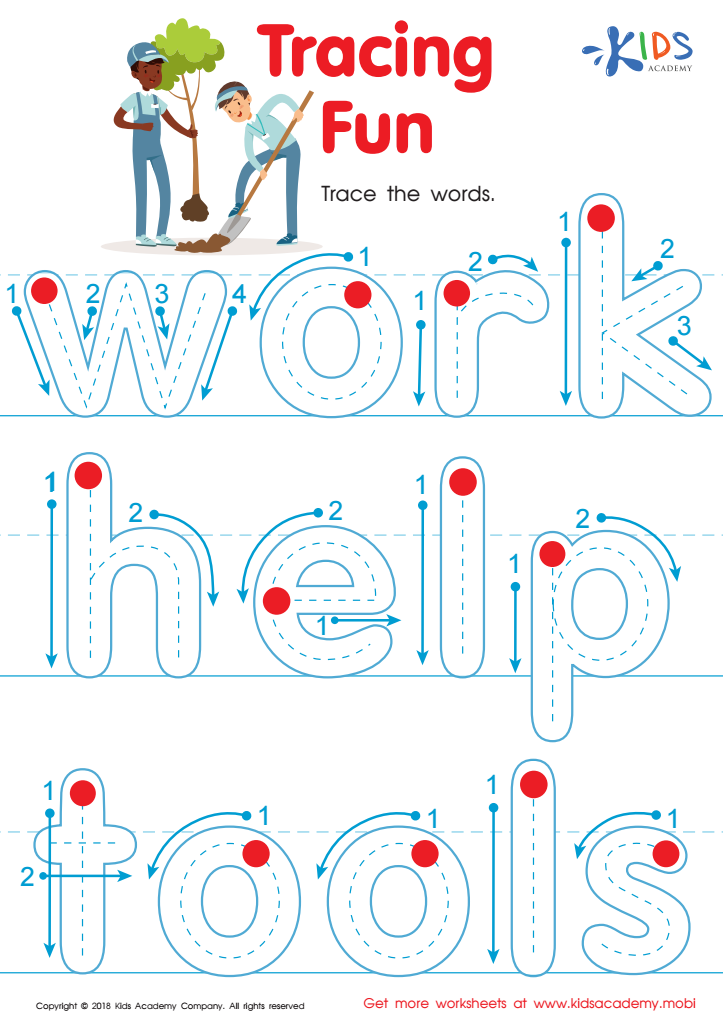

Tracing Fun Worksheet
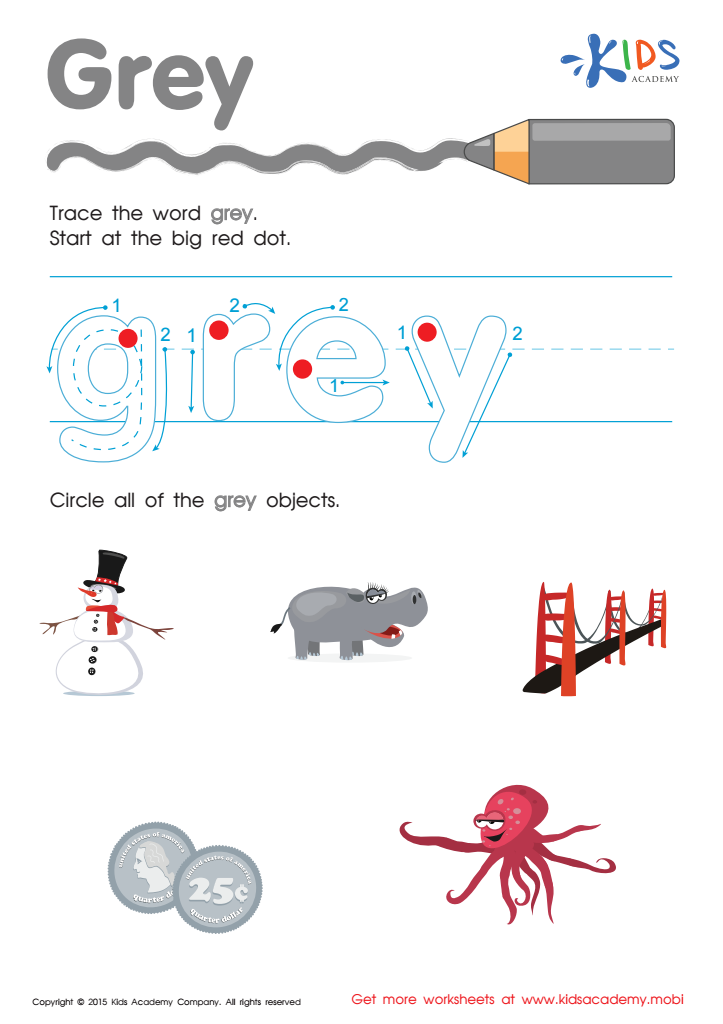

Grey Tracing Color Words Worksheet
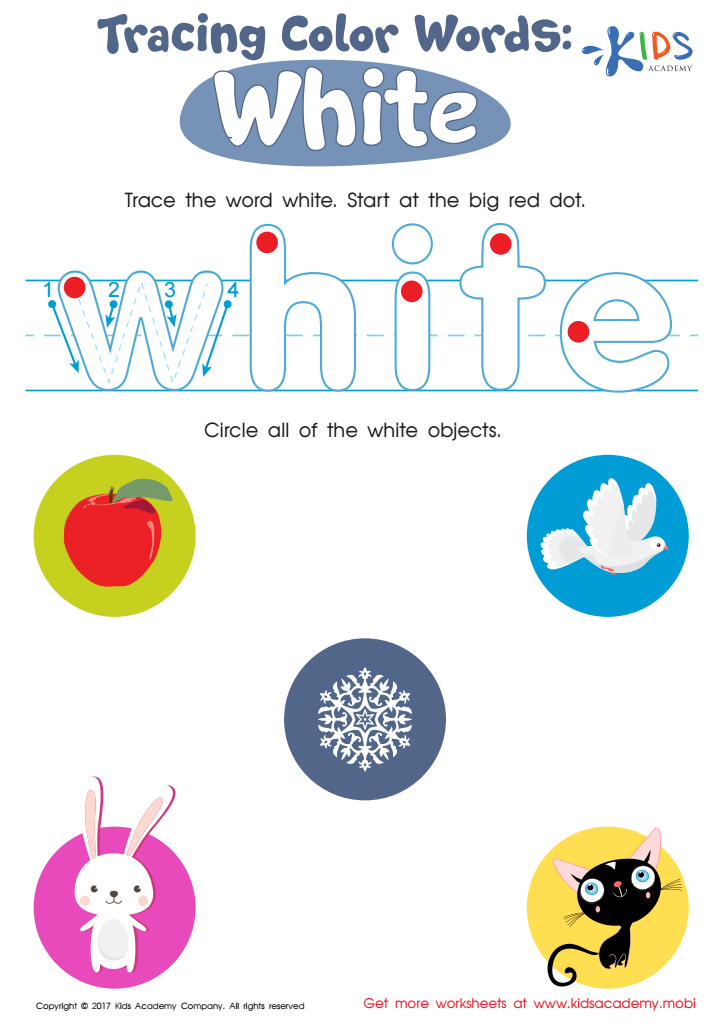

White Tracing Color Words Worksheet
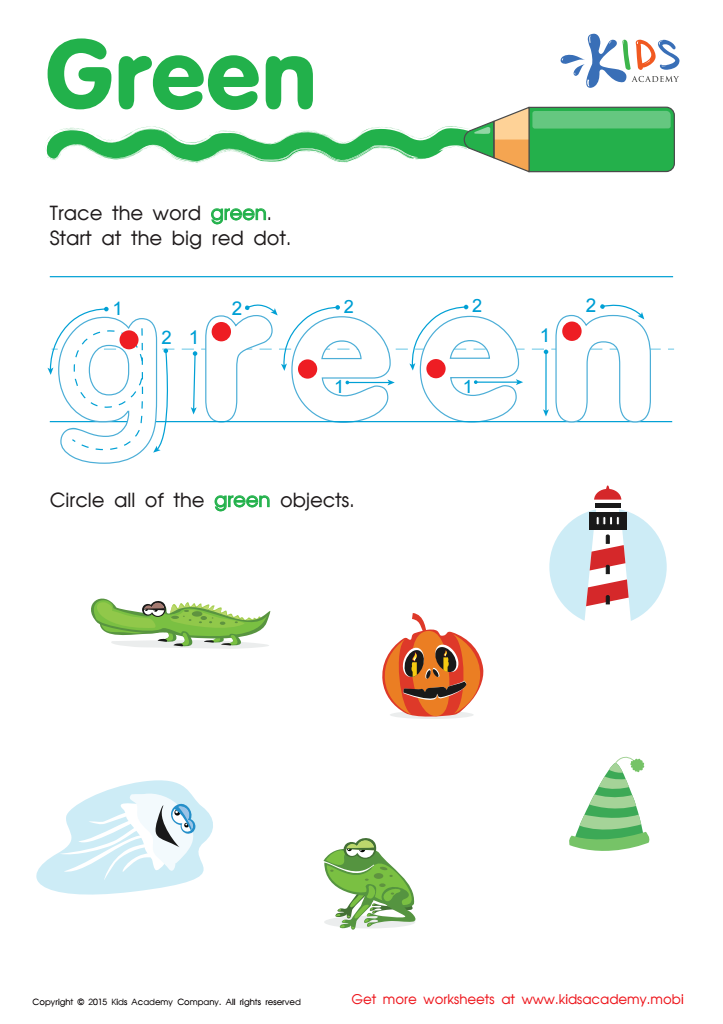

Green Tracing Color Words Worksheet
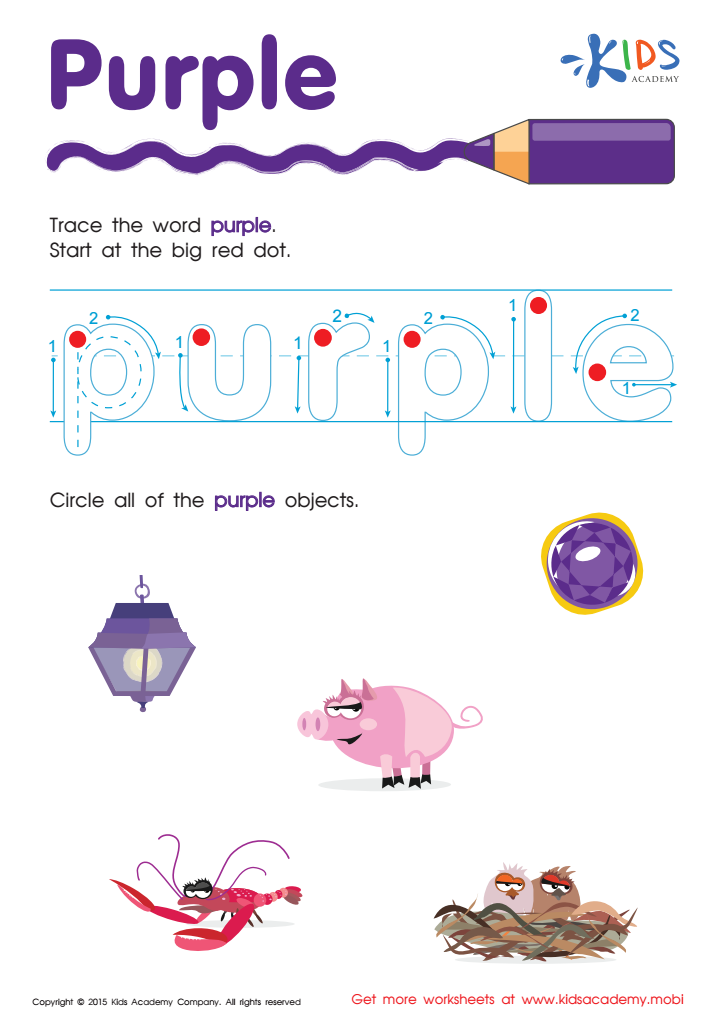

Purple Tracing Color Words Worksheet


Blue Tracing Color Words Printable
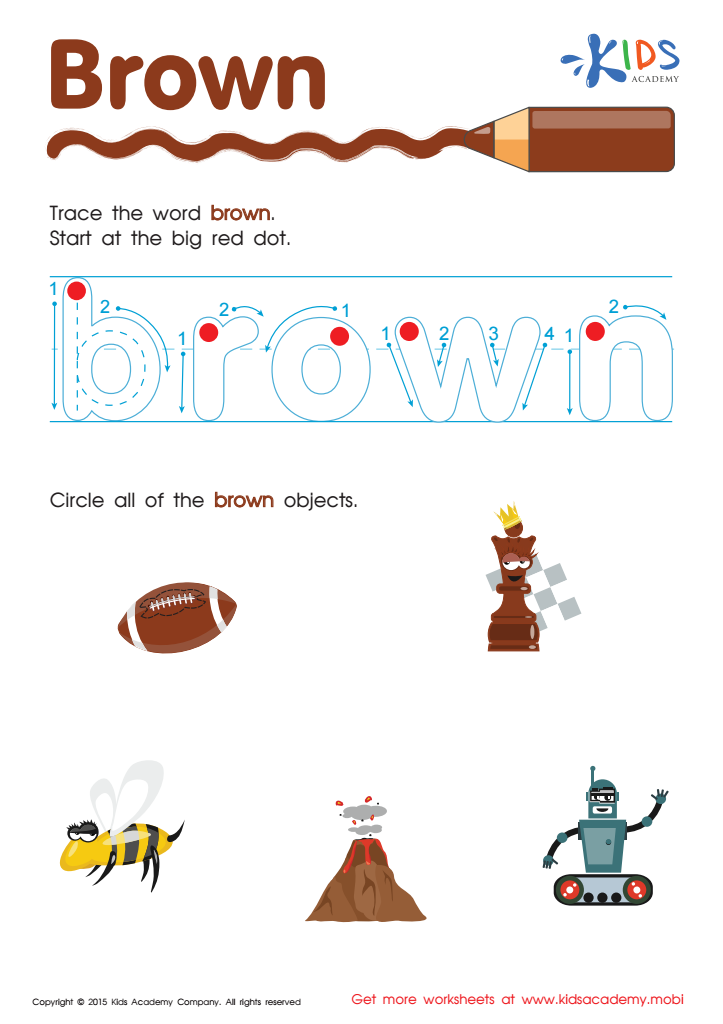

Brown Tracing Color Words Worksheet
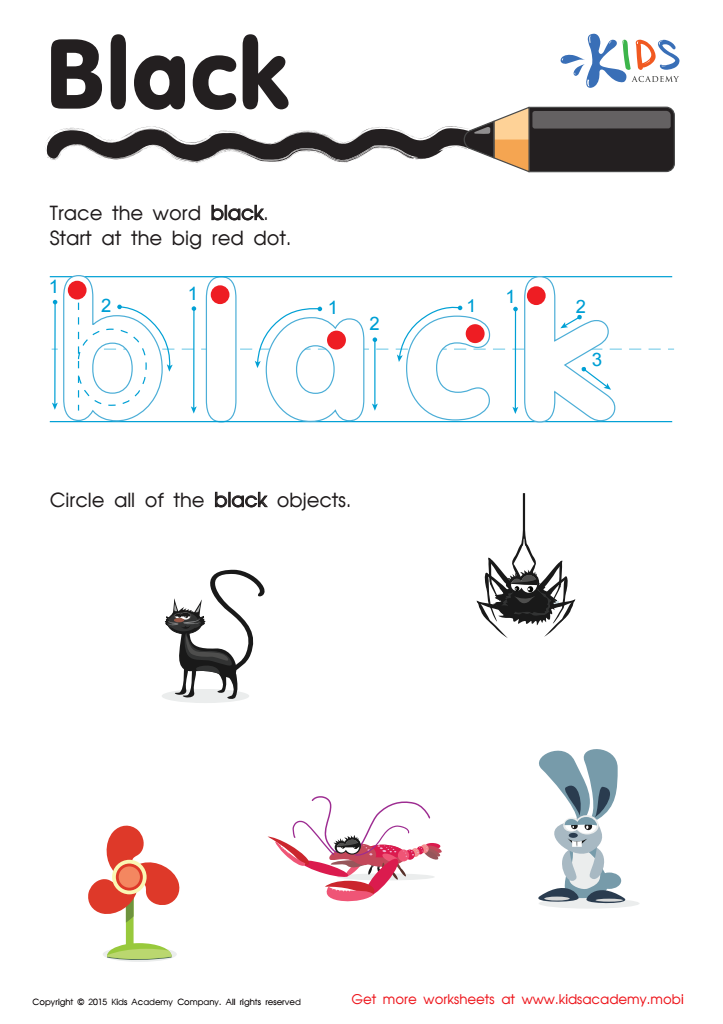

Black Tracing Color Words Printable
Engaging in Normal Tracing Words Worksheets Activities With Answers is incredibly beneficial for learners of all ages, particularly for young children who are just embarking on their literacy journey. These activities, meticulously designed to guide learners through the process of word formation, not only enhance writing skills but also bolster reading abilities, spelling, and vocabulary development. Here’s why incorporating these activities into learning routines is advantageous.
Firstly, tracing words enables learners to familiarize themselves with the alphabet's shapes and the formation of words in a tactile manner. This hands-on experience is crucial for memory retention. As learners trace over letters and words, they are effectively engraining the shapes and sequences into their muscle memory, making future recall and recognition much more effortless. The inclusion of answers in these worksheets further aids in self-assessment and ensures that learners can independently correct their mistakes, promoting a sense of autonomy in their learning process.
Moreover, Normal Tracing Words Worksheets Activities With Answers serve as an excellent tool for enhancing fine motor skills. The act of tracing requires control and precision, skills that are critical not just for writing but for numerous other daily activities. Young learners, in particular, benefit from this practice as it prepares them for more complex writing tasks in their academic future.
Additionally, these activities can significantly boost a learner's confidence. The satisfaction derived from successfully tracing words and verifying them with the provided answers can be immensely encouraging. This positive reinforcement motivates learners to engage more deeply with their studies, fostering a love for learning that can last a lifetime.
In conclusion, Normal Tracing Words Worksheets Activities With Answers are a fantastic resource for promoting literacy, fine motor development, and self-confidence among learners. By integrating these activities into educational practices, educators and parents can provide their children with a solid foundation for their future academic endeavors.

 Assign to My Students
Assign to My Students


